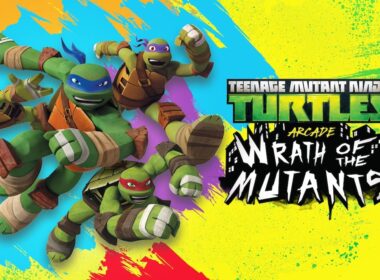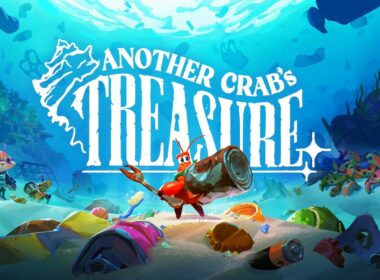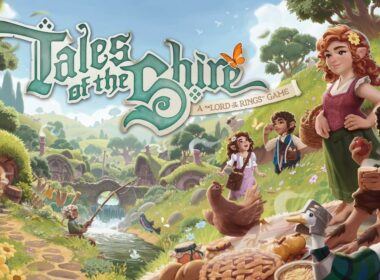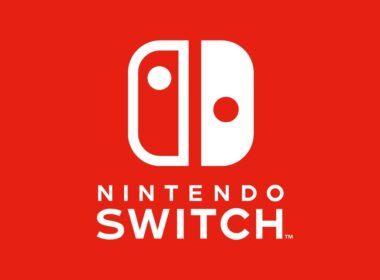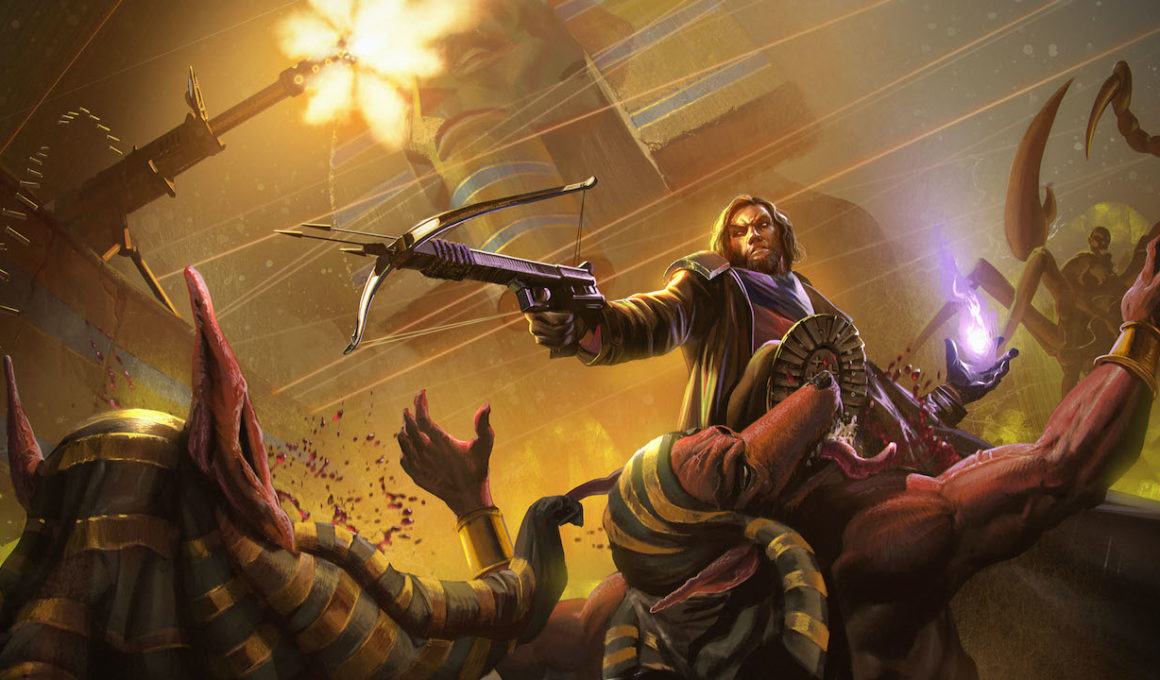As is typically the case with every generation, the new age that follows are usually forced to endure the earache from their parents reminding them how easy they have it, and how rubbish their pop culture is when compared to their own. I often find myself doing the same with my own kids, as I carry that torch of tradition into the subject of video games. I care very little of how powerful the next generation of machine is, or how many triangles can be displayed on-screen thanks to its new multi-mega-gigaflop, fibre-bopkin processors. Back in my day, power was simply measured in Bits god damn it, and games were crafted so perfectly, they didn’t even need to be patched.
Jokes aside, it can be quite the challenge for someone from a younger generation to truly appreciate past technological limitations, and how they once played their part in raising the benchmark of gaming. However, this isn’t necessarily the case for High School developer, Jakub Cislo, who was only 18 when he developed Project Warlock – a retro-inspired first-person shooter that pays homage to i.d Software classics of the mid-90s. Games such as DOOM, Wolfenstein and Hexen were introduced to him at an earlier age by his father which evidently led him down a retro rabbit hole to kickstart a career.
In Project Warlock, you play as a time-travelling sorcerer who busts around the gaff like Doctor Who with a sonic boomstick while painting the walls a lumpy shade of red. The player proceeds across five chapters, three of which touch upon historical timelines such as medieval, ancient Egypt and the Ice Age. The unnamed Warlock then heads towards a dystopian future of cybernetic war machines, until finally diving down towards the fiery depths of Hell itself.
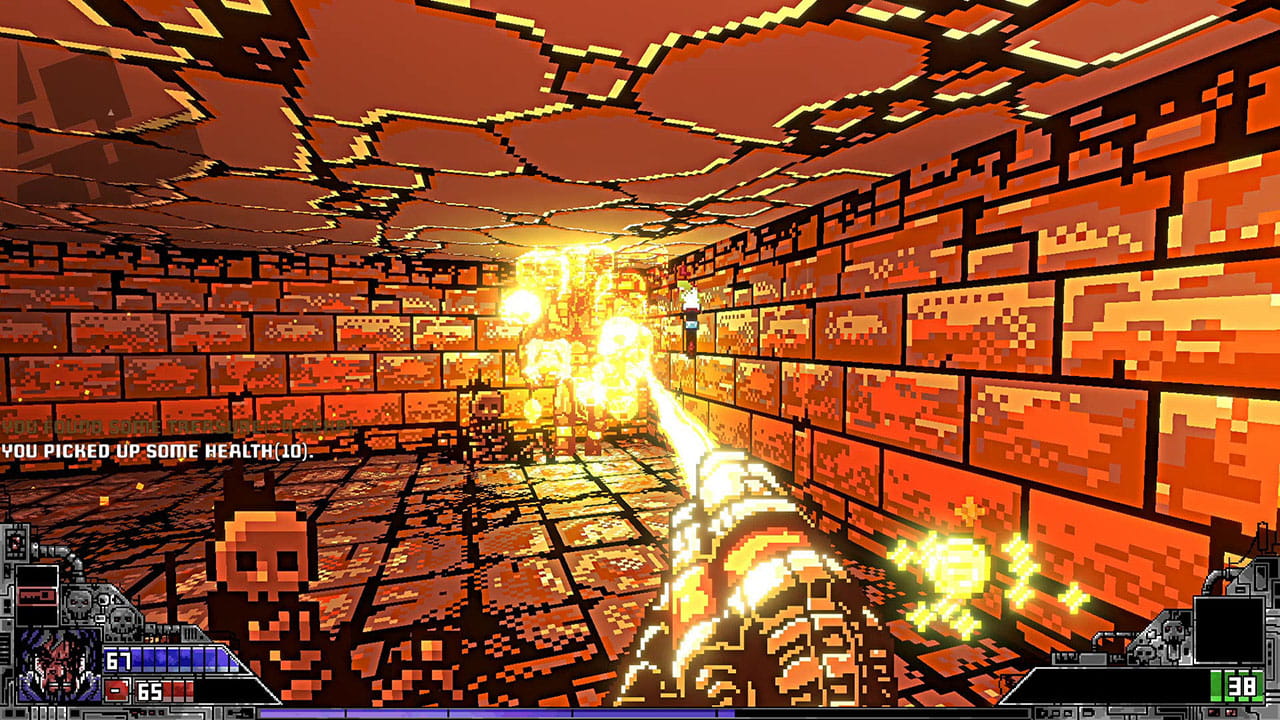
All the classic trademarks of old-school FPS are here, such as colour-coded key cards to open mechanical doors, lumps of fleshy matter that doesn’t simply evaporate into thin air, and ammo, health and weaponry spread around like coins on a Super Mario level. The larger than life 2D pixel art of enemies are diverse in design and self-contained within their own time period, and the death animations are wonderfully animated when tearing a shark demon apart with a chaingun.
The gunplay is fun and satisfying when the variety of the weapon wheel finally begins to fill up. All the usual suspects are here, such as the trusty old shotgun to pack a meaty punch and the shell-spouting SMG to keep large hordes of one-eyed mummies at bay. While there are a decent variety of weapons overall, it can be a bit too tempting to lean towards the reliable few.
As you would expect to find playing the role of a Warlock in a first-person shooter, several forms of projectile magic can gradually be unlocked. Unfortunately, the skill of sorcery never compares to the chemistry of gunpowder, and therefore the mana-draining abilities can easily be completely ignored altogether.
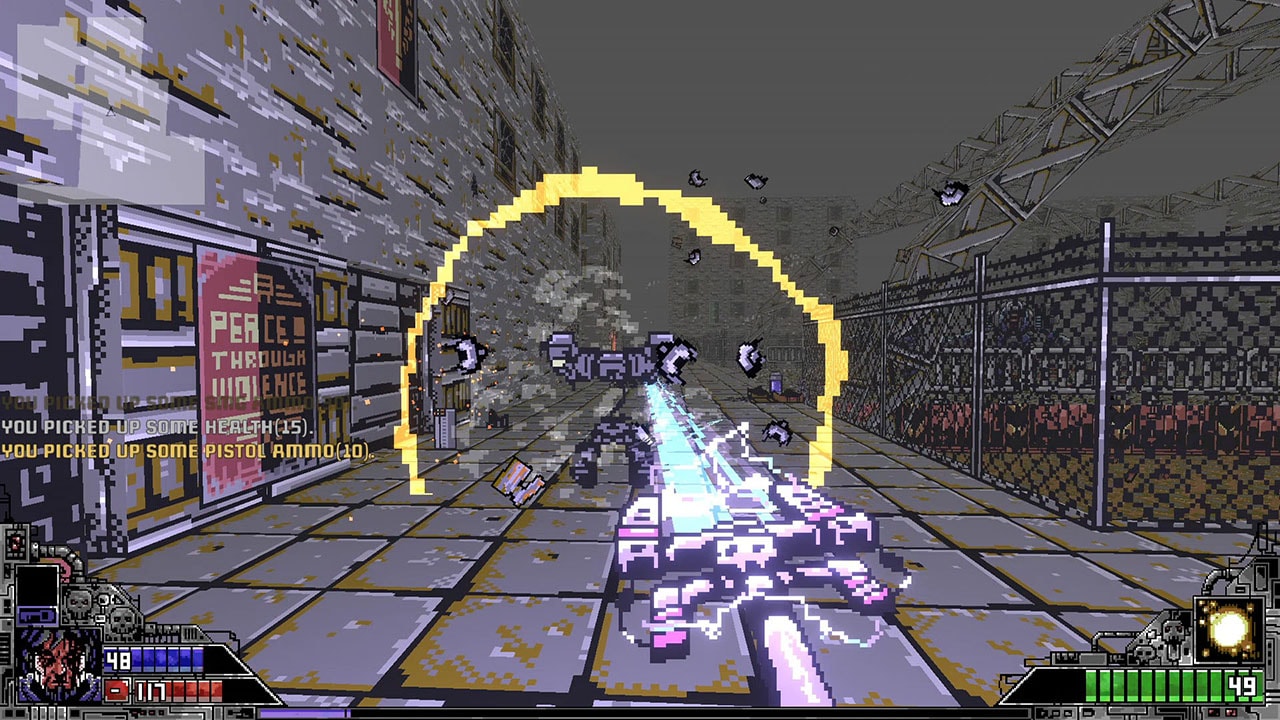
There are some light RPG elements in place where you can level-up and earn tokens to enhance weaponry, magic abilities, as well as increasing the usual health, mana and strength stats. Buffs can be employed only during a recess point between stages in the mildly explorable Warlock’s workshop. Evolving your characters stats may potentially aid a sense of progression and achievement in the higher difficulties. However, on the standard difficulty, the feature only dampens the challenge further with only a few upgrades that are actually deemed useful.
It’s the overall balance of the game where the seams of Project Warlock begin to tear. The very first stage to where impressions are at its most important can be deceiving to what lies ahead. You start off with nothing but a clumsy axe and a small shank with guns and ammo seeming incredibly sparse. I found myself dying so much more in the opening level than I ever did during the rest of the game. Once I finally found some lead to spend, the action suddenly became somewhat of a one-sided shooting gallery.
Repetition quickly sinks in as the looping rehearsals of scouting tight corridors, flicking switches blasting foes, and opening doors towards yet another exit begins to take its toll. Pretty much all the enemies and stage design ride out on the same level playing field with no stairs, lifts or any sense of vertical exploration whatsoever. The lack of rumble feature can make it hard to know when damage is received, and the casual difficulty is pretty much the same as the difficulty above minus the risk of having to laboriously play out a whole chapter when three lives are lost. Furthermore, the odd difficulty spikes rarely ever build-up progressively but rather dumped in random spots like a fly-tipper during a pandemic.
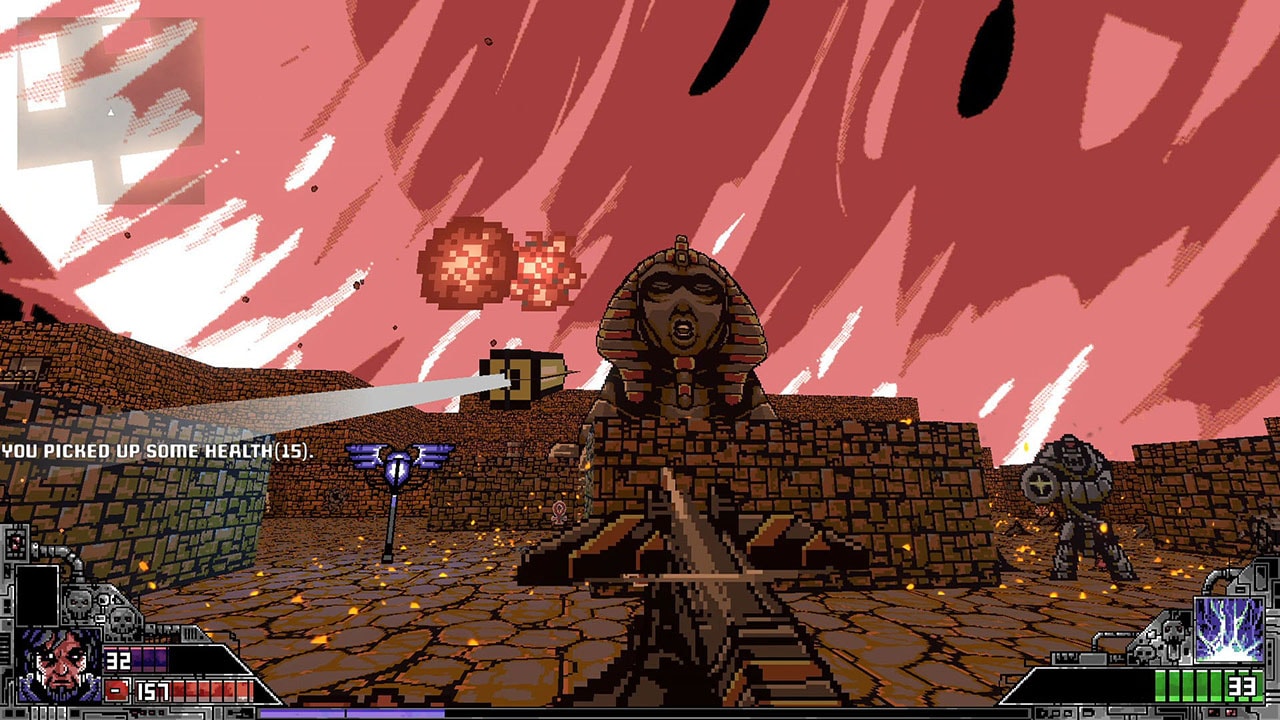
The boss battle that caps off the first chapter starts off interesting as the showdown centres around a giant enemy type in an open environment accompanied by crowds of aggressive minions. The problem is, every boss fight there on out is pretty much the same recycled deal, with the slight exception of the second boss to where the player must blast off a number of tentacles before causing any damage to the giant swamp demon. While the scope and transformations of the bosses are great, the fights themselves feel just as over-familiar as the rest of the game with a new variety of pixels trying to paint over the cracks.
Since its initial release back in 2018, there have been improvements made to iron out creases and respond to previous criticisms. During my own playthrough on the Nintendo Switch version, a patch update occurred midway through to fix some much-needed control adjustments and gameplay technicalities. It doesn’t really fix my own general criticisms, but the speedy delivery of a console patch does at least indicate that there is ongoing care and effort made by the developer.
Further evidence of putting in that extra mile can be seen by the huge variety of customisable gameplay options available in the pause menu. Screen shaders to replicate yesteryear consoles like the Commodore 64, Amstrad, Gameboy are available with their own adjustable sliders to tweak. There are also incredibly in-depth scan line options to replicate several types of artificial CRT and PC monitors with a further inclusion to simulate picture warping, static fuzz and ghosting at the player’s leisure. Every retro compilation of classic games should have something like this in place, rather the standard fixed handful that is commonly shoe-horned in. It’s a feature that may very well be left ignored by many, but the sheer attention to detail to pay tribute to the past is well worth the kudos alone.
I may have gone a little heavy on Project Warlock overall, but the fact is that it’s a debut title led by a young talent shows the potential of a strong future for Buckshot Software. The underpinning fundamentals are certainly there, the attention to detail is coded in nicely, and the continuous improvements made since launch display a progressive attitude to evolve. I may not have quite warmed towards Project Warlock as much as I would have hoped, but I for one am very much looking forward to seeing Jacob Cislo’s next chapter in game development.
Version Tested: Nintendo Switch
Review copy provided by Crunching Koalas

